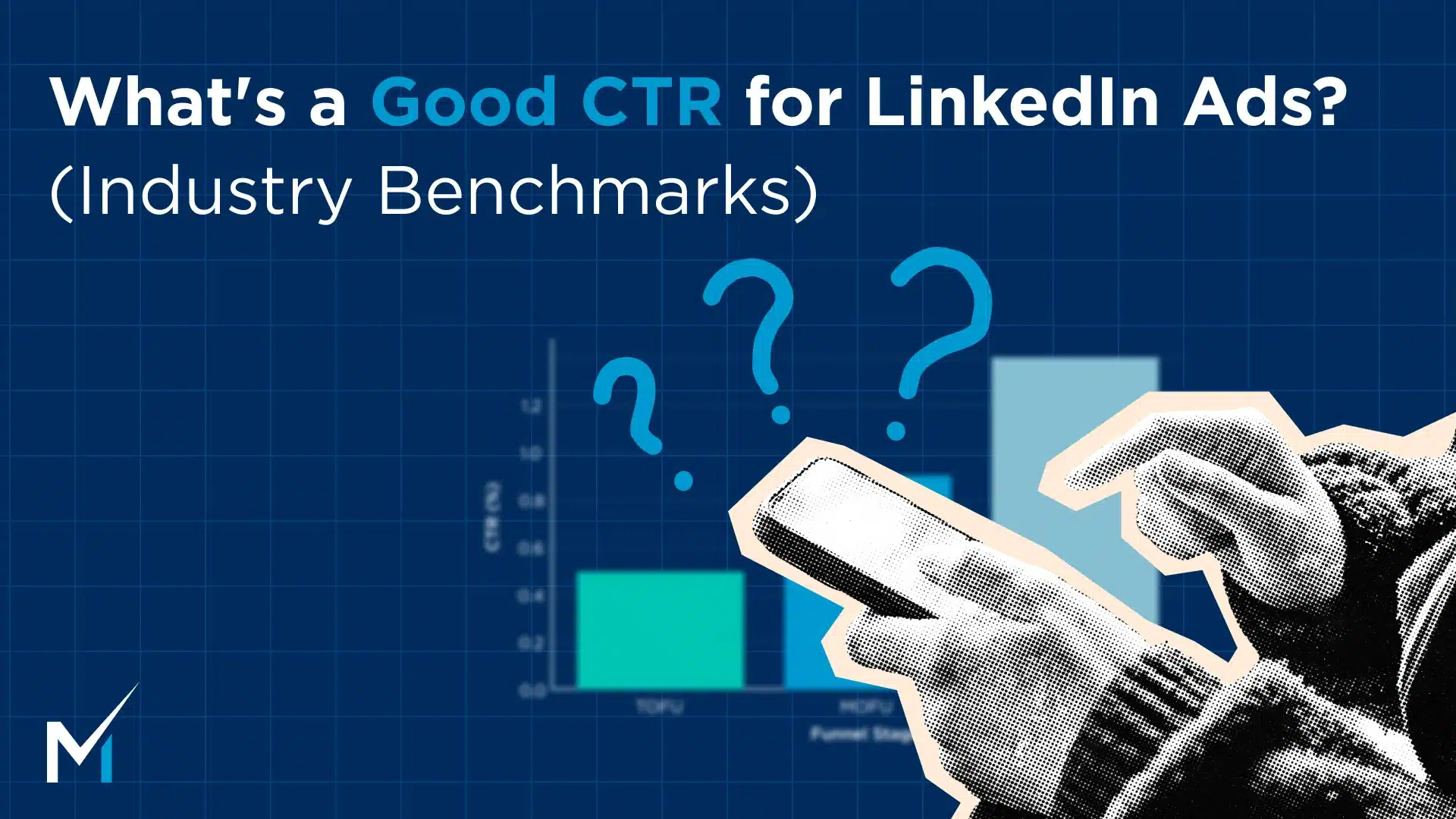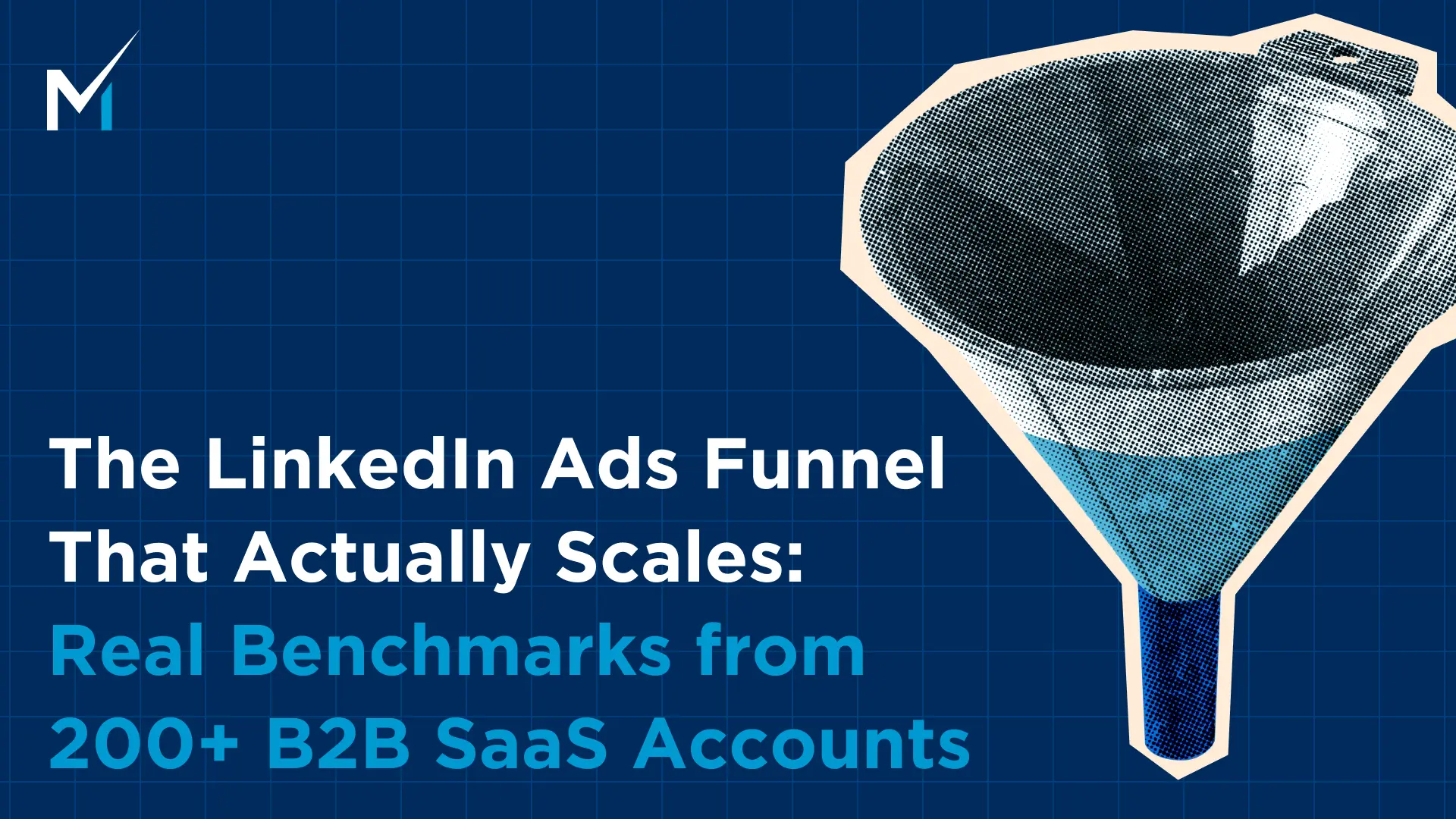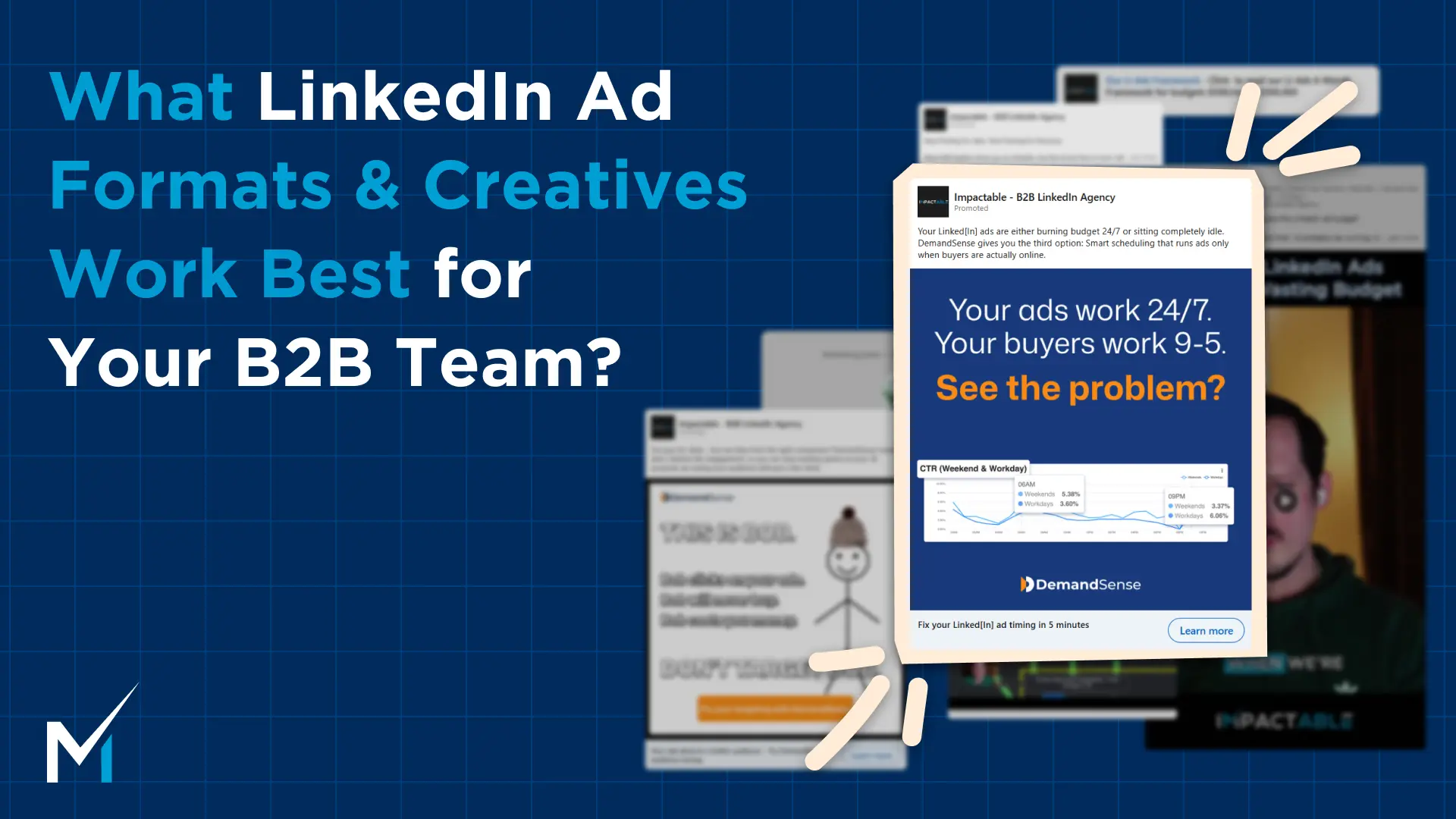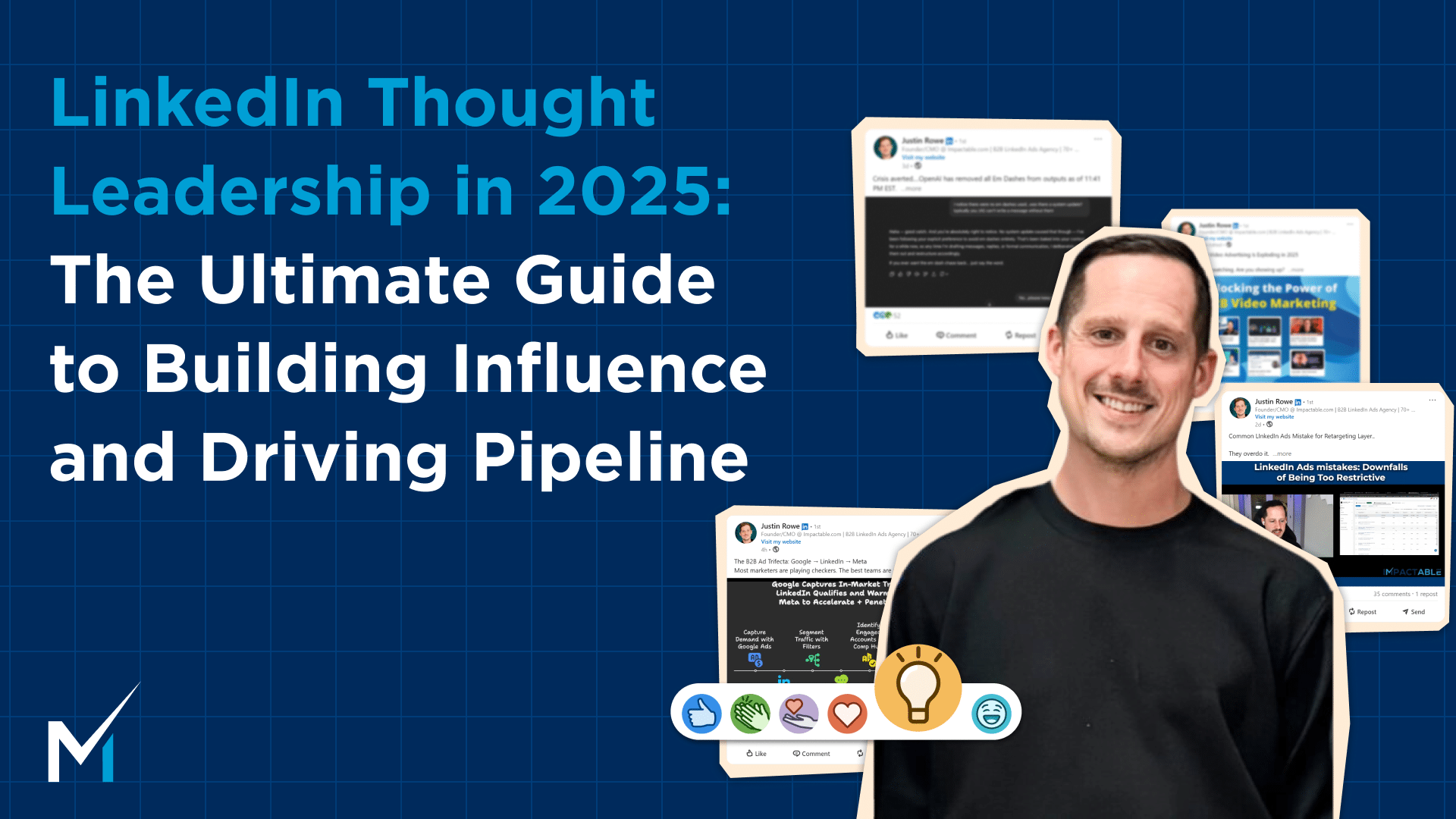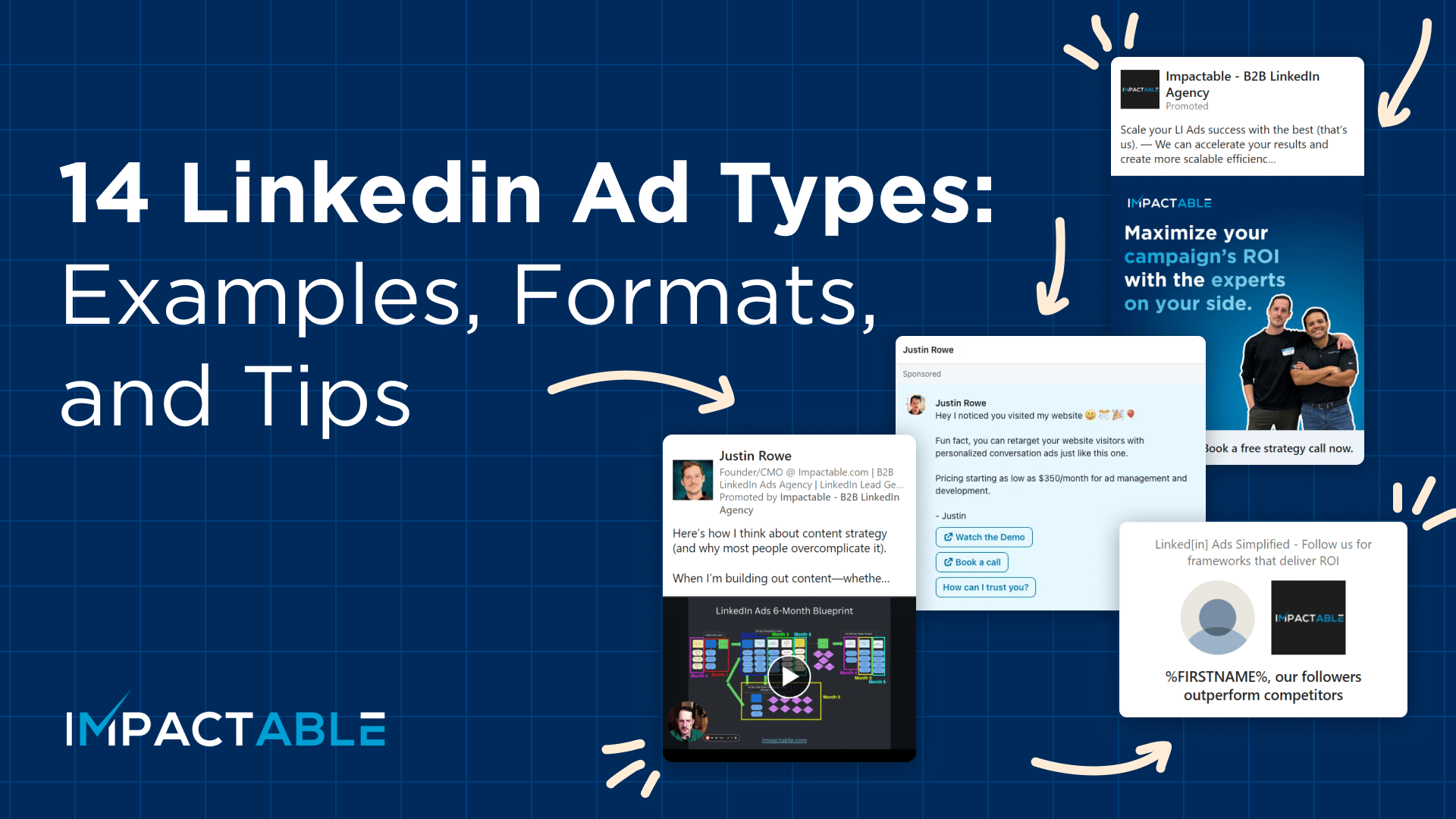Let’s start by discussing the fundamentals of LinkedIn targeting—an overview highlighting its strengths and limitations.
So, why even consider third-party targeting? Well, LinkedIn’s targeting is indeed effective, drawing people in with its granularity. You can hone in on industry, geography, company size, job function, seniority, or title and add more layers. However, it’s not flawless. It lacks coverage in certain industries, isn’t perfect, and relies on user-inputted data. Acknowledging these gaps prompts us to explore scenarios where tapping into third-party audiences complements LinkedIn targeting seamlessly.
What are some examples of relevant third-party audiences?
1. Website Technology Insights
Alright, let’s dive into the world of website technology insights. LinkedIn, valuable as it is, has its limits, especially when it comes to information existing beyond its realm.
Picture this: the technology a company uses – it’s a puzzle piece LinkedIn can’t offer. That’s exactly where Impactable’s LinkedIn Premium Audiences step in, lifting the curtain on this crucial data.
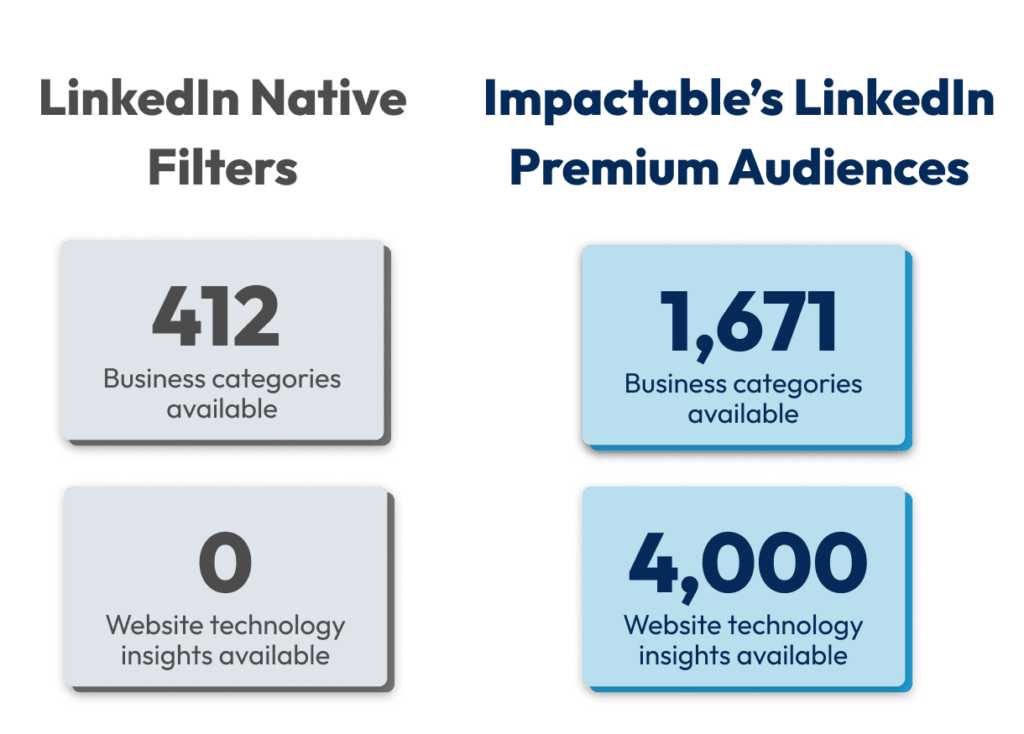
– Identifying CRM and Pixels
For instance, we’re a LinkedIn ads agency with a knack for assisting those with a mature marketing ecosystem and a well-oiled sales function. How? By deciphering the technology landscape they’re operating in. Take mature CRMs like HubSpot or Salesforce, throw in some pixels—Google, Facebook, LinkedIn insights—and we’ve got a comprehensive map of their tech terrain.
Now, the LinkedIn Insights tag – a goldmine. Filtering through those who have it and those who don’t create a finely tuned list. It’s not just about who fits the profile; it’s about identifying those with a burning need, guided by the tech they engage with.
Consider CRM specialists in the mix. If we’re assisting a HubSpot consultant seeking clients, LinkedIn alone might cast too wide a net. By honing in on those specifically using HubSpot, our targeting becomes laser-focused, increasing our chances of making meaningful connections.
– Getting technology insights for web developers
Now, think about website developers. Sure, you can cast a wide net based on industry and company size. But imagine the precision of targeting those who work specifically with WordPress. Understanding not just who they are but what technology they engage with gives us a strategic advantage in offering tailored help.
– Spotting outdated technologies
And here’s the kicker: outdated technology. If your solution addresses a problem tied to older tech, LinkedIn might not be your knight in shining armor. Enter Impactable, enabling us to zero in on companies grappling with outdated systems, providing them with the solution they desperately need.
Take, for example, the GA4 switch. While it’s now a chapter in history, imagine being able to identify, pre-switch, companies with a budget and using Google Analytics. It’s a proactive move, reaching out to help them navigate the impending change.
– Targeting E-commerce
And the challenge of targeting B2C or ECOM on LinkedIn? It’s real. The filters are not tailor-made for E-commerce. Enter website technology – searching for those using WooCommerce or Shopify unveils hidden gems, bypassing the confusion of brick-and-mortar establishments.
– Understanding the company’s level of maturity
Grasping a company’s essence isn’t just about its size or the industry it operates in; it goes deeper into understanding its maturity and sophistication level, a game-changer in shaping effective marketing approaches.
Take software, for instance – the kind that distinguishes a mature company from its fledgling counterparts. Think sophisticated CRMs like Salesforce or HubSpot; they’re usually the hallmark of a company that’s a bit more seasoned. Then there are attribution pixels and advanced tools like Hotjar or growth-oriented CRO software, signaling not only budget availability but a commitment to cutting-edge solutions.
Now, let’s talk about filtering. Cutting through the noise of startups with limited resources, we can sift out companies that invest in mature, albeit expensive, software. This ensures a prospect list with a robust potential for fruitful collaboration.
In essence, website technology isn’t just a list of tools; it’s a compass for gauging a company’s maturity. It’s the key to understanding not just who they are but how equipped they are to engage in meaningful, tech-savvy partnerships. And that, my friend, is the power of website technology insights.
2. Company Industry Insights
And let’s not overlook industry sub-sectors. LinkedIn’s industry filters are somewhat like broad strokes on a canvas. Sure, they have e-commerce and retail, but what about the intricacies? Online retail is finally making its way into the filter options, but it’s not as detailed as what we can achieve. We slice through the broad strokes, distinguishing between testing labs, engineering services, and drafting services within professional services.
So, why does this matter? Well, it means we’re not just targeting a generic pool. We can zero in on the exact subset where our expertise shines. If, for example, we’re delving into accounting firms, we know it’s not a one-size-fits-all scenario. Accounting isn’t just a single category; it encompasses tax prep, payroll services, and bookkeeping. By being laser-focused on these specifics, we ensure our efforts are not just efficient but highly effective, a crucial edge over relying solely on LinkedIn’s native filters.

Conclusion
In summary, while LinkedIn targeting is a strong player among paid platforms, it has its limitations. The key insight is that LinkedIn filters, while commendable, lack the precision needed for specific marketing scenarios. In such cases, supplementation becomes not just an option but a strategic necessity.
In essence, it involves a collaboration of platforms, each contributing uniquely to form a cohesive marketing strategy. The ultimate aim is not just to reach an audience but to resonate with the demographic that aligns seamlessly with your brand—an intentional allocation of your ad budget for optimal effectiveness.




